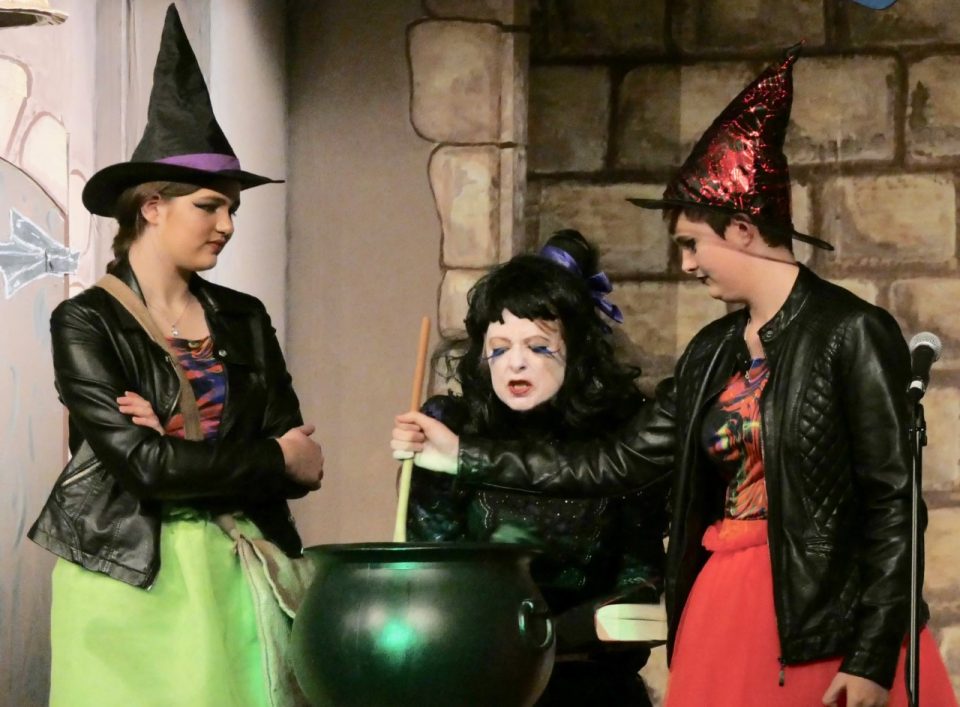
Touch and Go – October 2012
11 October 2012
ROBINSON CRUSOE – The Book
26 October 2012The Pantomime takes its title and story from the novel by Daniel Defoe, published in 1719.
Daniel Defoe, in turn took some of the origins of his novel from the true life adventures of a sailor called Alexander Selkirk. Selkirk was stranded on the desert island of Mas-a-Tierra, (now renamed Robinson Crusoe Island in 1966) off Chile between 1704 and 1709, after quarrelling with his Captain. Upon returning home he became a celebrity, telling his story to anyone who would pay, including Defoe.
He may also have been influenced by the tale of Henry Pitman, a castaway surgeon to the Duke Of Monmouth who escaped from a Caribbean penal colony, and was subsequently shipwrecked. His story was published in London by J.Taylor of Paternoster Street. It was his son William who published Defoe’s seafaring novel.
Defoe is said to have named his hero Robinson Crusoe after spotting the name on a gravestone. The novel became very popular, and created a fashion for stories about shipwrecked sailors and desert islands.
Alexander Selkirk 1676-1721 was born in Scotland, and after returning from his deserted isle, joined the Royal Navy, and was buried at sea off the coast of Africa after he died of a fever.
Defoe was one of the founders of the English Novel. Born Daniel Foe in Cripplegare, London between 1659 and 1661, he added the aristocratic “De” to his name . Defoe lived through the Great Plague and The Great Fire of London as a child. He became a general merchant, and spent most of his life in debt.At one point his debts were believed to be around £17,000. He married Mary Tuffley, and they had eight children, of whom six survived.
He traded wine to Spain, and by 1695 he returned to England as Daniel Defoe, to work in tax collection at Tilbury, near to the shipyards, and lived in Chadwell St.Mary, Essex.
First publication in 1697 (a series of proposals for economic development) as well as several political treaties and pamphlets, one of which resulted in him being put upon the pillory for three days in 1703. He wrote a great many satires and political and religious essays until the publication of Robinson Crusoe in 1719.
It was published on April 25th 1719. Its full title was as long as those Victorian pantomime titles-
“The Life and strange surprising adventures of Robinson Crusoe of York, Mariner: Who lived Eight and Twenty Years , all alone in an un-inhabited Island on the coast of America, near the mouth of the Great River of Oroonoque: Having been cast on shore by shipwreck, where-in all the men perished but himself. With an account of how he was at last as strangely delivered by Pyrates. Written by Himself.”
The novel was in today’s terms a “Best Seller”. By the end of the year it had run through four editions. Within years it had reached an audience as wide as any book ever written in English. It spawned a great many variations and adaptations, book versions, film versions, and of course pantomime versions.
“One day, about noon, going towards my boat, I was exceedingly surprised with the print of a man’s naked foot on the shore, which was very plain to be seen on the sand”
Other novels by Defoe: “Captain Singleton” (1720), “Moll Flanders” (1722) and “Roxana: The Fortunate Mistress” (1724).
Daniel Defoe died on April 26th 1731 probably whilst hiding from his creditors. He was interred in Bunhill Fields, City Road, London, where a monument can be seen to this day.
Courtesy of http://www.its-behind-you.com/storyrobinsoncrusoe.html website





